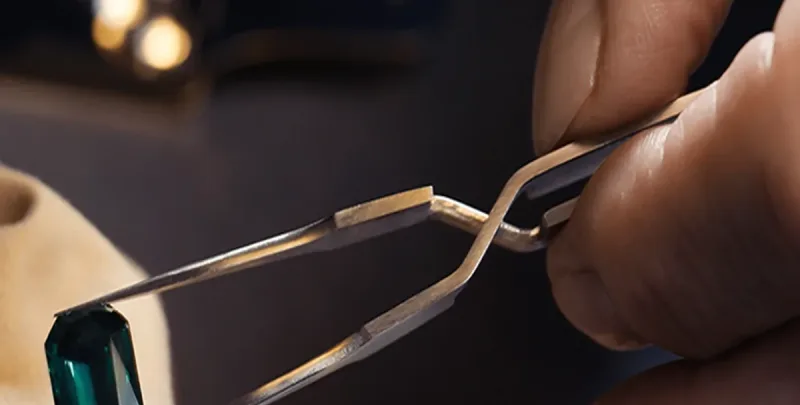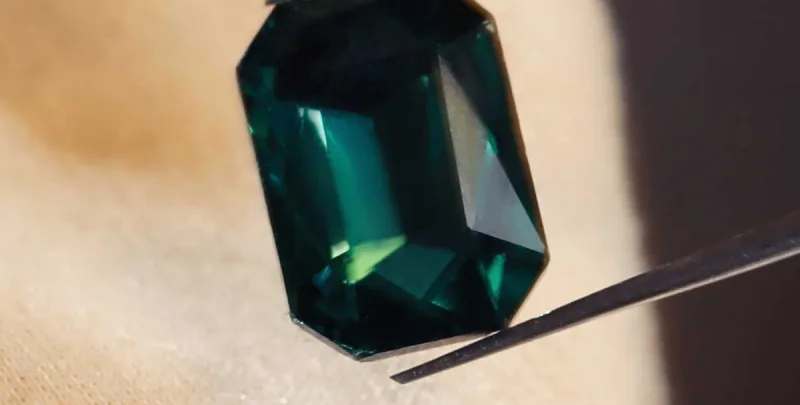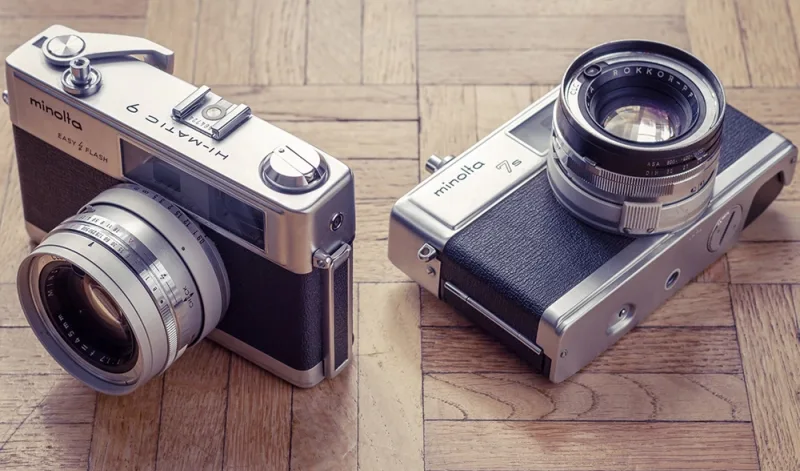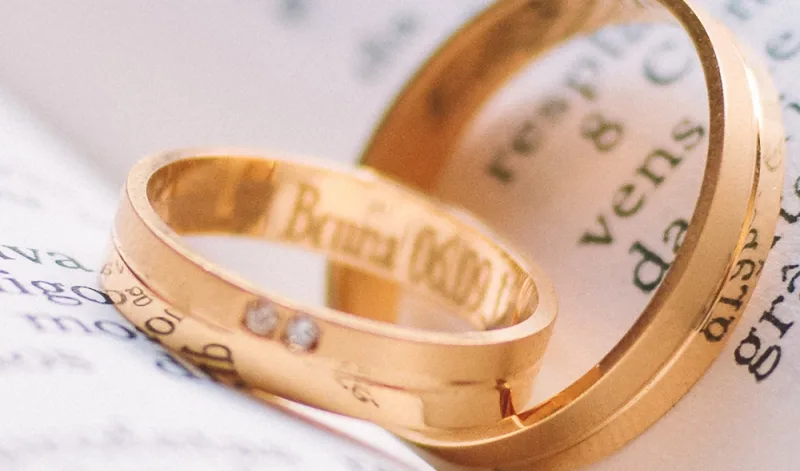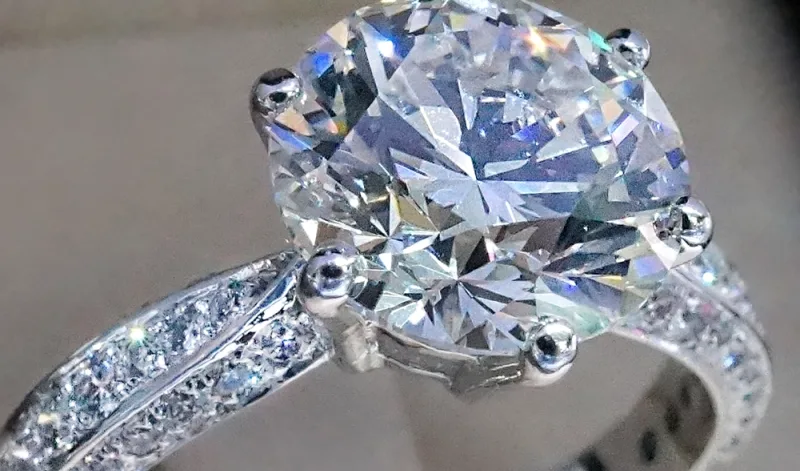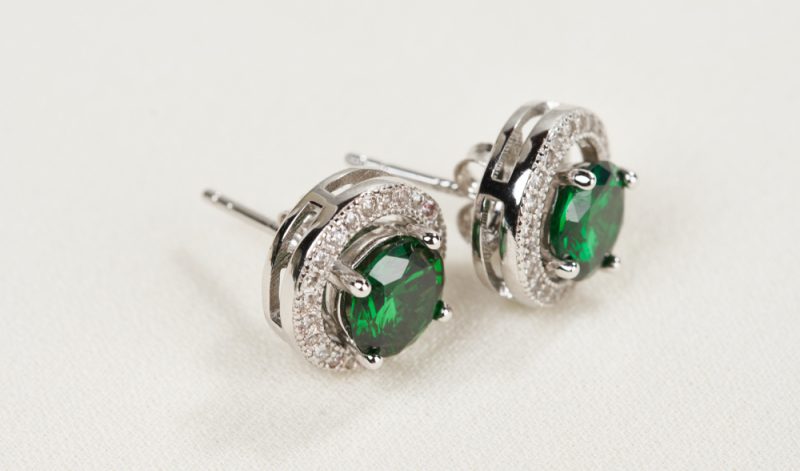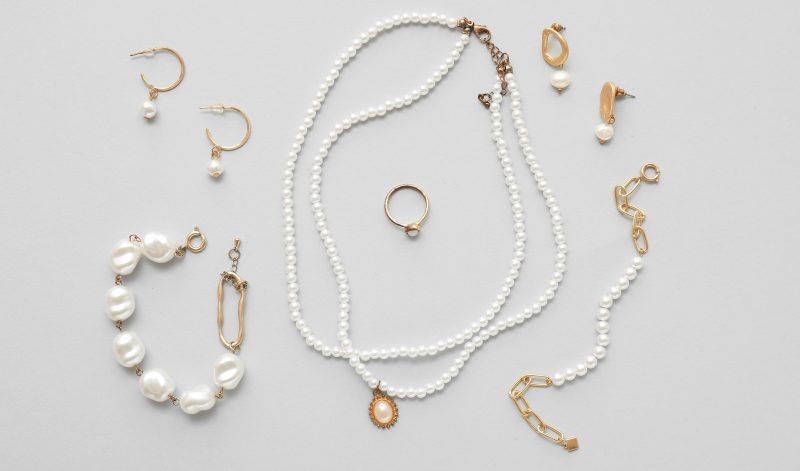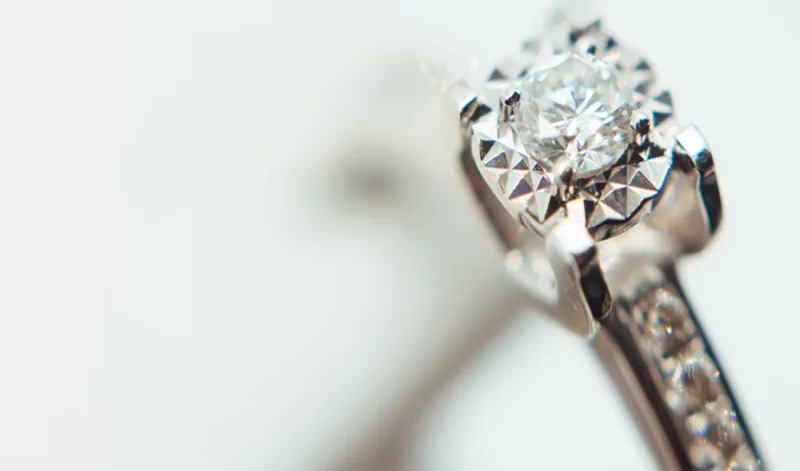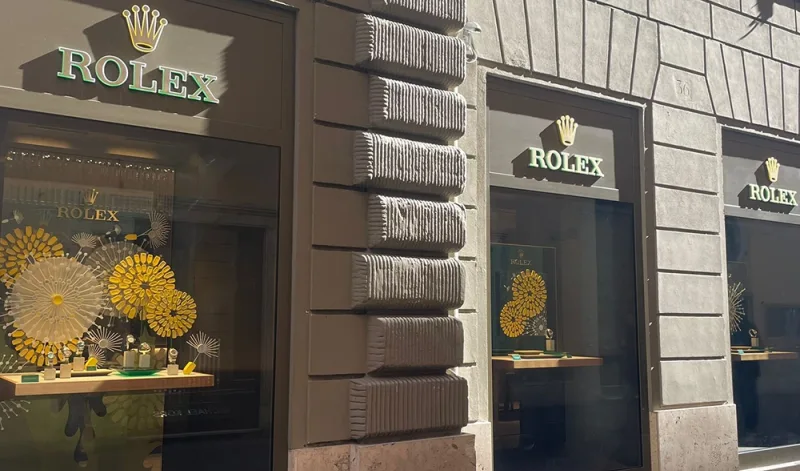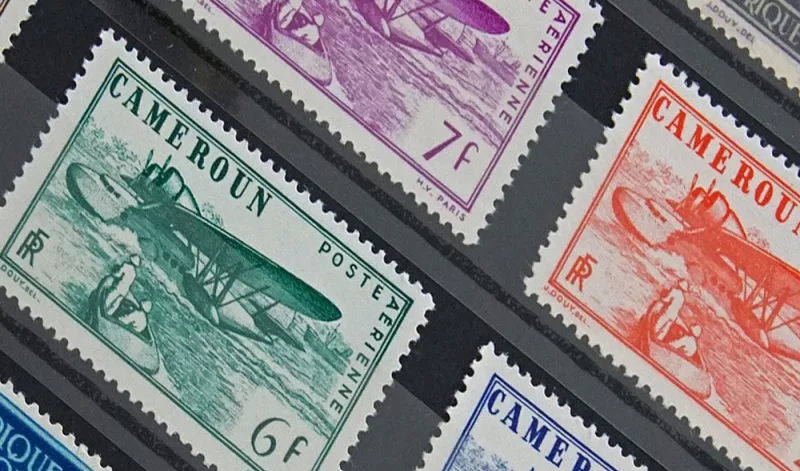When most people choose a piece of jewellery such as an engagement ring, they usually think of a gold or platinum band with a white solitaire diamond. In monetary terms (atheistic quality may need more of a trained eye or special equipment) the clearer the diamond, the higher the price, the more colour in the gemstone, (usually a yellowish tint caused by impurities within the diamond) , the lower the price.
Colourless diamonds of Grade D are extremely rare but coloured diamonds are rarer still and true coloured diamonds are very expensive to acquire due to the scarcity.
In the jewellery trade, coloured diamonds are normally referred to as fancy diamonds; the colour is caused by impurities when the stone is forming. Colours include; blues, pinks, oranges, champagne and the very rare black diamond which has a different physical structure. Usually light yellow and brown are excluded from the term coloured.
The presence of colour may actually mean a stone is less pure but because of sheer beauty and rarity, these gemstones are both highly prized and valuable, some examples are even acquired for investment purposes.
In recent years, an increase in popularity and scarcity (mines simply do not produce enough to meet supply and demand, only a very small fraction of stones mined are suitable for polishing and selling for jewellery or investment ) has resulted in big jumps in prices with the largest stones have seen the highest increases. Some colours are more highly prized than others and we suggest a fair amount of research will need to be carried out if you are considering buying a stone.
